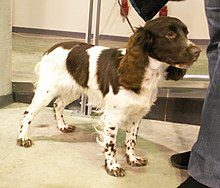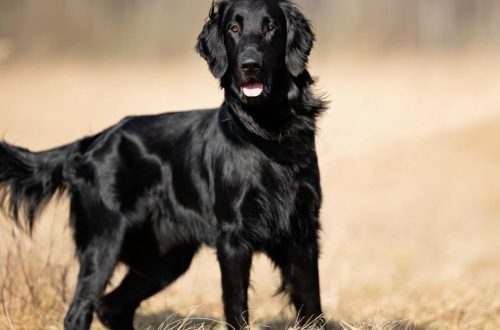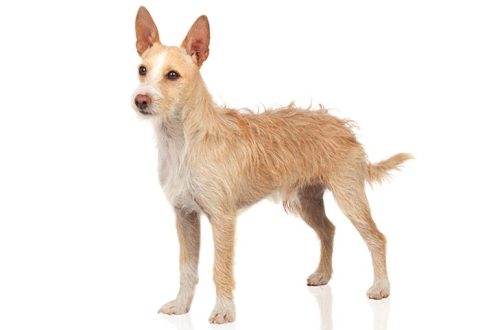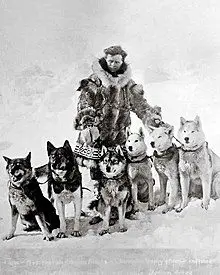
Chukotka Sled Dog
Contents
Characteristics of Chukotka Sled Dog
| Country of origin | Russia |
| The size | Average |
| Growth | 49-58 cm |
| Weight | 20–30 kg |
| Age | 12–15 years old |
| FCI breed group | not registered |
Brief information
- hardy;
- Friendly;
- Independent.
Origin story
Northern peoples began to use sled dogs many thousands of years ago. According to archaeological discoveries, a man for 4-5 thousand years BC already built sleds and harnessed animals to them. Moreover, among the Chukchi, reindeer riding was much less developed than dog sledding.
Until the middle of the 20th century, northern sled dogs were divided into several subgroups on the territory of Russia, depending on their geographical location. Later, it was decided to abolish this division, uniting all breeds into a single species. With the development of technology, snowmobiles and helicopters began to displace sled dogs. As a result, traditions were preserved only in the extremely inaccessible regions of the North, or where the inhabitants resisted the abandonment of their tailed comrades.
The Chukotka sled dog as a separate breed was recognized already in the mid-90s of the XX century. It was then that both the standard appearance and the main characteristics were described. To do this, cynologists examined more than 1,500 animals, among which only about 400 were recognized as purebred.
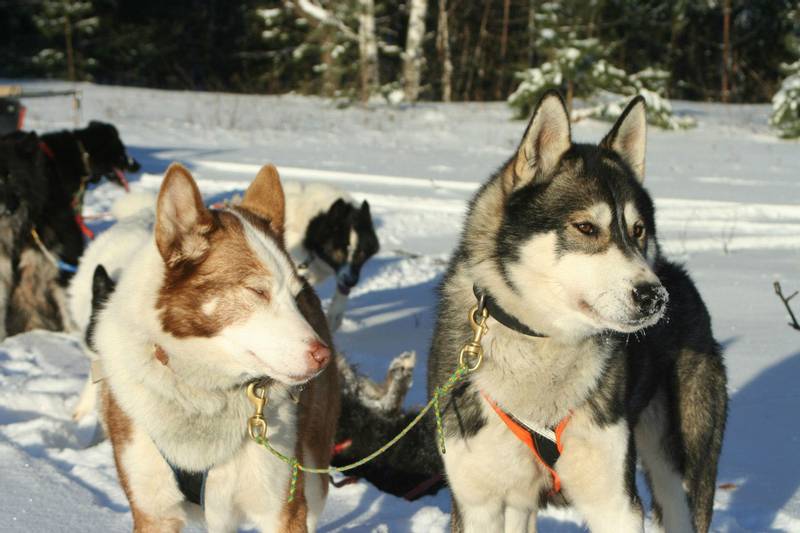
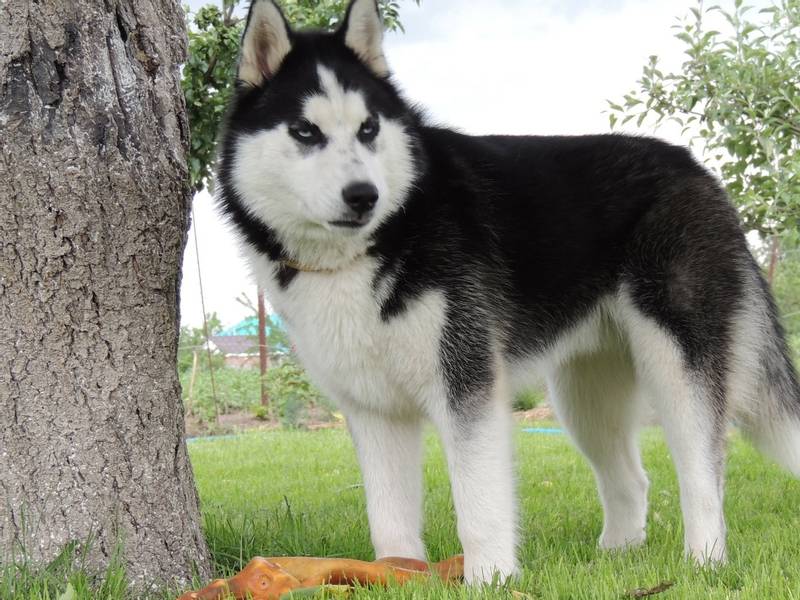

The Chukotka riding horse is often compared to siberian husky by appearance. These breeds are similar in phenotype, but there are differences, and very significant ones. If the Siberian Huskies have already ceased to be working dogs, but have become, let’s say, exhibition dogs, then the Chukchi sled dog continues to fully justify its name. By the way, blue eyes in huskies are a hallmark of the breed, but the Chukchi are sure that blue-eyed puppies are a marriage: they are lazy and eat a lot. Therefore, despite the external similarity, these breeds are only partly related.
Description
The Chukchi Sled Dog is a medium-sized dog with well-developed muscles and strong bones. Massive paws. Large head. Slightly oblique, almond-shaped eyes are usually yellow or brown. The ears are widely spaced, almost completely repeating an equilateral triangle in shape. The nose is large, black.
The tail is very bushy, usually curled into a sickle or ring. The hair on the tail is thick. In winter, the Chukchi mount sleeps calmly in the snow, covering its nose with its tail like a blanket for warmth.
Character
The Chukchi sled dog has a very independent disposition, but the dogs are not at all aggressive. Relations with a person are built easily. The animal immediately recognizes the primacy of the owner, obeying almost any of his decisions. True, for this the owner must show character. For a person who is unsure of himself, the Chukchi sled dog will not become an obedient pet, since it will not feel a leader in it.
These animals are not prone to violent manifestation of emotions. The character is more calm than playful. But the disposition is cheerful: to become a companion on the run, for example, the Chukchi sled dog will agree with joy.
This breed lends itself perfectly training especially if learning is combined with play.
Chukotka Sled Dog Care
Representatives of this breed are very unpretentious. Thick coat with very well developed undercoat comb out at least 1-2 times a week, and during periods of molting generally daily. But bathe a pet is often not worth it. Either as needed, or no more than 1-2 times a year.
Care ears and through the eyes of the Chukchi sledding also will not be difficult. All recommendations are standard. And if you suspect some kind of problem, you must urgently show the animal to the veterinarian.
Like almost all sled dogs, these pets have excellent health, so caring for animals usually does not cause any difficulties for the owner.
Conditions of detention
The Chukchi sled dog, of course, can live even in the conditions of the Far North. Therefore, keeping in enclosures for this breed is acceptable. Of course, the ideal option would be a country house with a large fenced area where the animal can actively move. You can also keep a Chukotka sled in an apartment, but in this case you need to be very careful about daily walks. If the dog does not receive the necessary load, then it will direct its energy not at all for peaceful purposes, which the owner will certainly not like.
Prices
Chukotka riding is very rarely sold. There are no nurseries specializing in this breed. Basically, puppies are bred just in Chukotka. Buying a dog with a good pedigree can be very problematic, because northern dog breeders rarely deal with paperwork for their pets.
Usually puppies are sold for 10-15 thousand rubles, if there are no documents. If there is a traceable pedigree, the price may be higher, but such an animal is very difficult to find.
Chukotka Sled Dog – Video



